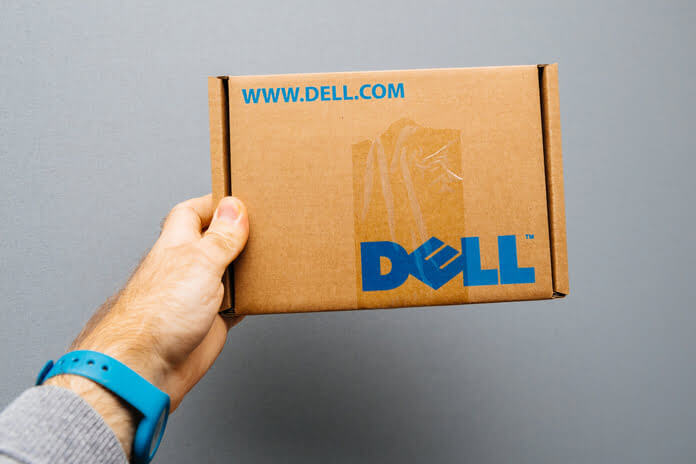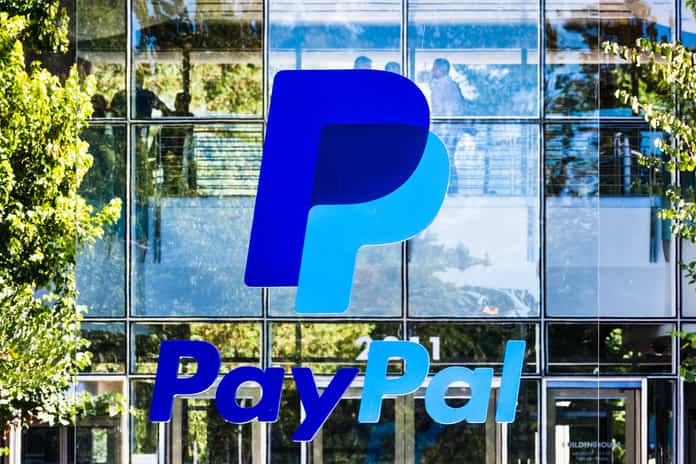Artificial intelligence (AI) has simplified tasks, revolutionized business operations, and become a lucrative investment opportunity. As AI continues to evolve and integrate into various sectors, the demand for robust server infrastructure capable of supporting complex algorithms and applications is on the rise. Industry forecasts predict a remarkable 25% compound average growth rate for the AI server market from 2024 through 2029, driven by its deeper integration into key sectors such as cloud computing, edge computing, and data analytics.
The growing interest in AI server stocks has benefited relatively lesser-known players like Super Micro Computer (NASDAQ:SMCI) while also reigniting attention toward established tech names like Dell Technologies Inc. (NYSE:DELL) and Hewlett Packard Enterprise Company (NYSE:HPE), both poised to capitalize on the expanding market. Let’s delve into these two stocks to determine which presents a better investment opportunity.
Dell Technologies Stock Analysis
Dell Technologies Inc. (NYSE:DELL), headquartered in Round Rock, Texas, stands as one of the original players in the personal computer and server market. Offering comprehensive solutions and services globally through the Infrastructure Solutions Group (ISG) and Client Solutions Group (CSG), Dell has witnessed a staggering 215% surge in its shares over the past 52 weeks, significantly outperforming the S&P 500 Index’s gain of 32.7%.
The company pays an annual dividend of $1.48 per share, yielding 1.26%. Furthermore, Dell announced a 20% increase in its annual dividend to $1.78 per share for fiscal 2025, aiming for dividend growth of 10% or higher annually through fiscal 2028.
Trading at 19.21 times forward earnings, Dell currently trades at a discount compared to its industry peers. Given its promising growth prospects driven by AI, investing in the stock at this valuation could prove rewarding. Dell surpassed Wall Street expectations in Q4, buoyed by surging demand for its AI servers. Despite a year-over-year net revenue decline of 11% to $22.3 billion during the quarter, its non-GAAP net income surged 22% to $1.16 billion, or $2.20 per share. Orders for the company’s AI-optimized servers, including the flagship PowerEdge XE9680, soared 40% sequentially, contributing to an impressive backlog of $2.9 billion, surpassing forecasts of $1.9 billion.
For fiscal 2025, Dell anticipates revenue ranging between $91 billion and $95 billion, with non-GAAP EPS estimated between $7.25 and $7.75. Following Dell’s earnings report, analysts raised their price targets, with Bernstein’s Toni Sacconaghi, Wells Fargo’s Aaron Rakers, and Evercore ISI Group’s Amit Daryanani among those expressing bullish sentiments.
With a consensus “Strong Buy” rating and a high price target of $140, Dell appears poised for further upside potential.
Hewlett Packard Enterprise Stock Analysis
Based in Spring, Texas, Hewlett Packard Enterprise Company (NYSE:HPE) provides solutions facilitating seamless data capture, analysis, and action worldwide. It offers general-purpose servers, storage products, networking solutions, and professional services to commercial and large enterprise clients.
While HPE has returned 26.2% over the past 52 weeks, it lags behind both DELL and the S&P 500. The company pays an annual dividend of $0.49 per share, yielding 2.72% on its current price.
Trading at 11.84 times forward earnings, Hewlett-Packard Enterprise is currently trading at a 38.3% discount to Dell. However, its growth prospects fail to justify even this lower-than-industry valuation. HPE reported mixed fiscal first-quarter results, coupled with a subdued outlook for the second quarter. Its Q1 net revenue of $6.8 billion marked a 13.5% year-over-year decline and an 8% sequential decrease, missing both analysts’ consensus forecast and the company’s guidance range. Declines in network demands, postponement of GPU orders, and lack of supply support for GPUs contributed to the top-line dip, with net revenue from servers falling 23% year-over-year to $3.4 billion.
Despite setbacks, HPE sustained momentum in its annualized revenue run rate, which surged 42% year over year to $1.4 billion. The company also reported a non-GAAP gross margin of 36.2%, up 200 basis points year over year, with Q1 non-GAAP diluted net earnings per share climbing to $0.48. However, this figure marked a 24% year-over-year decline and an 8% sequential decrease.
For fiscal 2024, HPE anticipates flat to 2% revenue growth, with non-GAAP net EPS expected between $1.82 and $1.92, and free cash flow projected to be at least $1.9 billion. The company’s recently announced Juniper Networks acquisition, set to close in late 2024 or early 2025, is expected to be accretive within its first year.
Following the earnings report, analysts adjusted their price targets, with Stifel Nicolaus, Barclays, and Wells Fargo among those expressing cautious sentiments.
HPE currently holds a consensus “Hold” rating on Wall Street, with a street-high target price of $19.00 suggesting a modest 5% upside potential over the next 12 months.
DELL vs. HPE: The Better Investment?
As the AI server market expands, both Dell Technologies and Hewlett Packard Enterprise stand to benefit. However, Dell appears better positioned than HPE due to its superior financial performance, optimistic projections, and strong price performance.
While the average price targets indicate that both stocks are somewhat overheated post-earnings, Dell is more attractively valued at current levels and offers greater growth potential.
Featured Image: Unsplash















